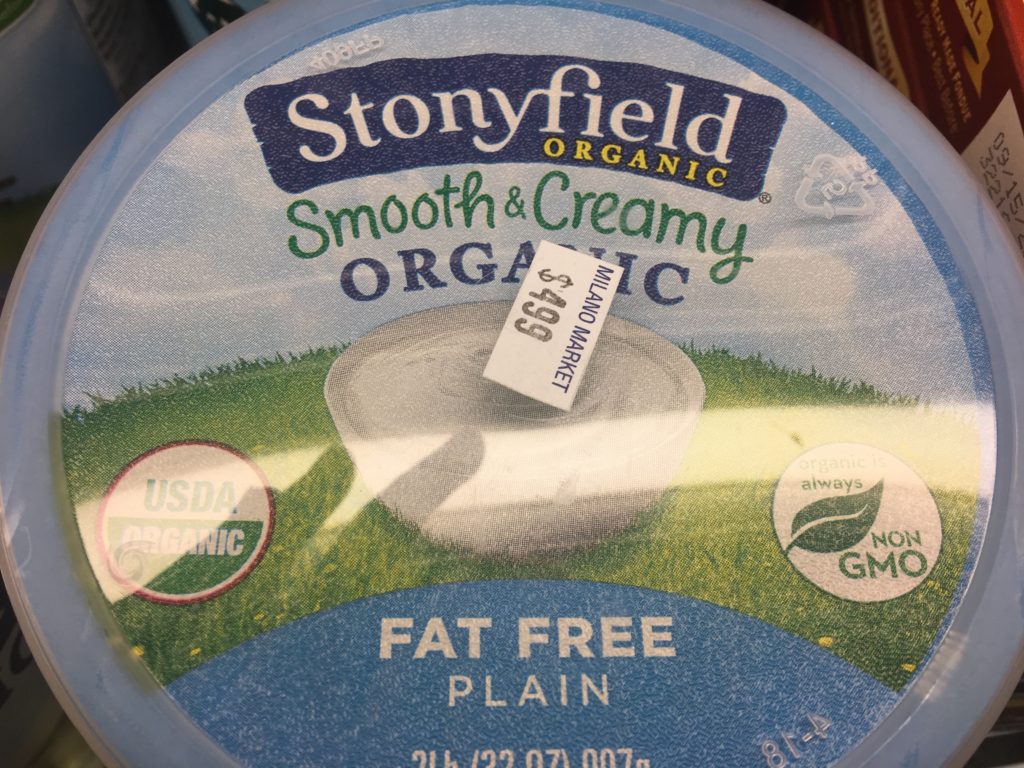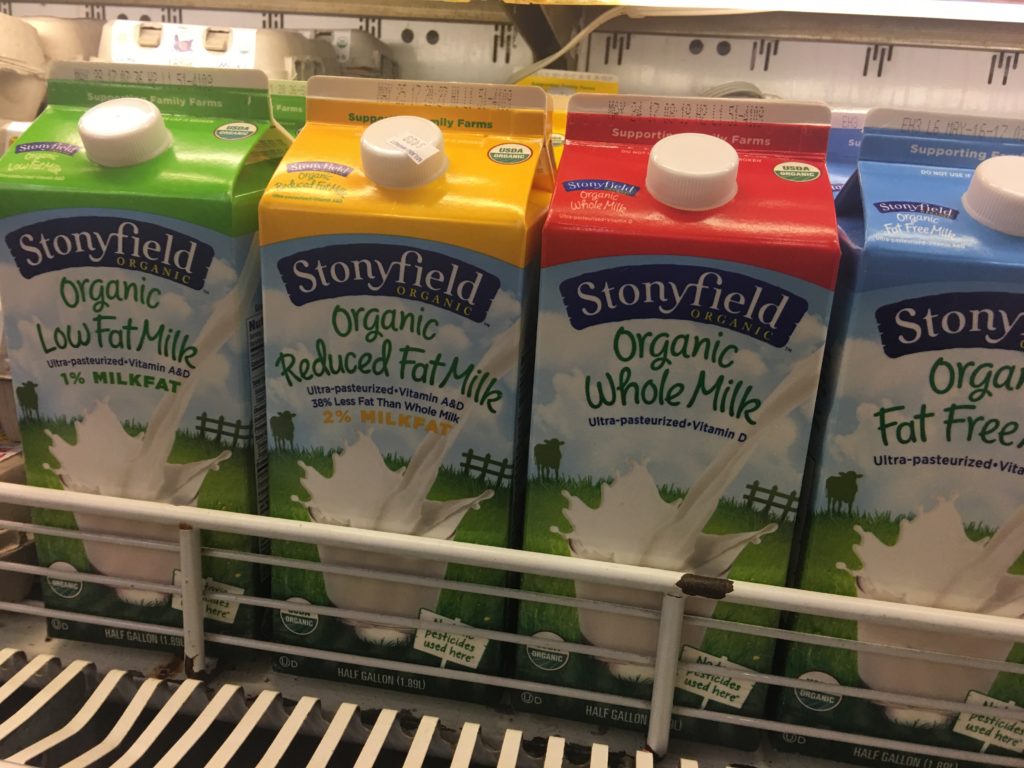By Annette Ejiofor
Supply and demand are not in sync when it comes to organic food: Consumers in the United States spent ten times more in 2016 than in 1997 — $39 billion compared to $3 billion – and producers are having trouble keeping up with customer preferences. Though the demand for organic products are increasing, the supply of organic crops lags behind.
“Organic food currently accounts for about 5 percent of all food sales in the U.S., but organic farming acres make up less than one percent of total U.S. farmland,” reports Eco Watch. In 2016, the Organic Trade Association released their “Consumer Attitudes and Beliefs Study,” which found that 75 million American millennials chose to buy organic. The USDA cited households with children under 18 as likelier to buy organic. In addition, younger households with women who go grocery shopping were more likely to be organic, as were smaller, higher-in come households.
Organics in this country are not keeping up. As reported by the USDA, the U.S. spends over $1 billion a year to import organic food due to the “demand” from consumers for what the USDA reports as “variety, quality, and convenience.”
Pew Research Center reported “68% of Americans bought organic foods of some kind, whether produce, meat, fish, grains or packaged foods,” in 2016. This report attests that the leading cause to go organic is health concerns. “More than half (55%) of the public says that organic fruits and vegetables are better for one’s health than conventionally grown produce,” reported the Pew Research Center.
Goûchy Boy, a 45-year-old actor, chose to go organic three years ago,” because I feel fruits and vegetables have been splattered with pesticides,” he said. Multiple media outlets such as The Globe and Mail and Healthy Debate, echo his concern. “Health wise you’re getting the real nutrients instead of interference with the pesticides,” said Boy.
The Environmental Working Group released an annual report this year where they ranked the amount of pesticide contamination of fruits and vegetables, looking at over 36,000 samples of produce tested by the USDA and the Food and Drug Administration. As reported by CNN, “nearly 70% of samples of 48 types of conventionally grown produce were contaminated with pesticide residues,” with strawberries ranked highest.
The downside of organics, though, is the price, and not everyone sees enough benefit to justify the cost. Mercedes Cant, a 22-year-old freelance writer in the food and waste management sector, working with Food Is Food, an online food news website, doesn’t buy what she sees as the hype around going organic. “Pesticides used on the fields adjacent to organically grown produce contaminate the ground on organic fields,” she says, and the wind moves pesticides onto organically grown products. “Cost/reward ratio isn’t low enough for me, to be honest,” said Cant.
Henry Miller takes a similar anti-organic stance. Miller, a Robert Wesson Fellow in Scientific Philosophy and Public Policy at the Hoover Institution in Stanford University, wrote “The Unsustainability of Organic Farming.” He says that organic farms create “far less food per unit of land and water.” In addition, organic farming affects the quality of the soil because of “the minimization of soil disturbance (such as that caused by plowing or tilling), combined with the use of cover crops.”
Despite these concerns, consumers want organic food, even when they go out to eat. Rustam Schoenholt, 50, is the owner of the Spring Natural Kitchen, which his father opened in 1973 in the Upper West Side. Schoenholt took over the business in 2003. “Over forty years it’s changed a lot. It’s grown,” said Schoenholt of the organic industry. “The whole health and food segment has become much more accepted. It used to be kind of fringe.” Now, Schoenholt speaks of the diversifying and growing nature of the industry as more and more people choose to go organic, increasingly serving more and more organic food.
Growing competition has made it harder to survive. “Now you have health conscious fast food spaces like Sweetgreen. It takes market share,” said Schoenholt. Certification is an issue as well, since it’s time-consuming and costly. “The certification process is run by the government and can be misleading and meaningless,” said Schoenholt. Farmers who use organic methods might not bother with the process, so Schoenholt seeks out those farmers he trusts.
And organic costs more, which means higher menu prices. “It’s not easy. People want organic and natural but don’t understand they have to pay more premium,” said Schoenholt.
The USDA took initiative in 2015, funding $66.5 million to support organic food production and speciality crops. Former Agriculture Secretary, Tom Vilsack, stated, “The projects funded by these programs will build on USDA support for local and regional markets,” while equally “improving access to healthy food for millions of children and supplying farmers markets, restaurants and other businesses with fresh, high-quality fruits and vegetables.”
Tags: CNN, Food, health, organic, organic food, The globe and mail, USDA




Your Comments